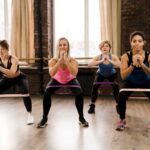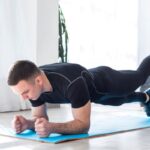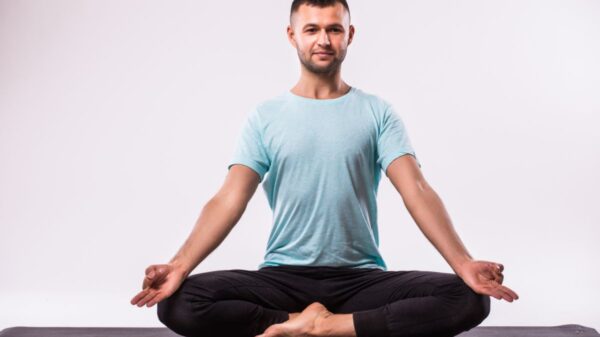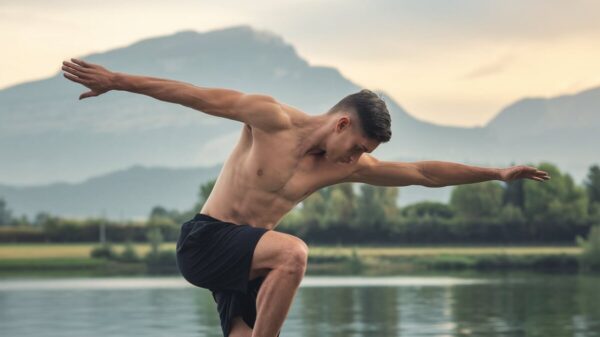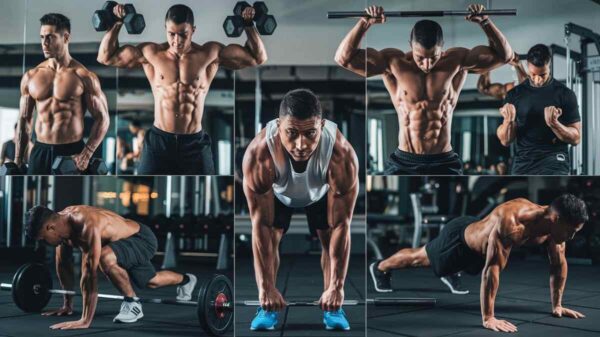The adductor muscles in the inner thigh play a crucial role in hip stability, mobility, and overall lower body strength. Whether you’re an athlete looking to enhance agility or someone aiming for balanced leg development, incorporating adductor exercises into your routine is essential. This guide will explore the best adductor exercises, their benefits, and how to incorporate them effectively.
Why Strengthen the Adductors?
Strong adductor muscles contribute to:
✅ Enhanced Athletic Performance – Crucial for lateral soccer, basketball, and tennis movements.
✅ Injury Prevention – Weak adductors are linked to groin strains and knee instability.
✅ Improved Hip Mobility – Essential for deep squats, lunges, and dynamic movements.
✅ Better Balance and Stability – Supports proper posture and movement mechanics.
 Best Adductor Exercises for Strength and Mobility
Best Adductor Exercises for Strength and Mobility
1. Bodyweight Adductor Exercises
🔹 Side Lunge: Step laterally, keeping one leg straight while bending the other knee. This exercise engages adductors while improving mobility.
🔹 Cossack Squat – A deep lateral squat that increases flexibility and strengthens the inner thighs.
🔹 Frog Stretch – A deep stretch targeting the adductors and groin, ideal for improving mobility.
🔹 Butterfly Stretch – Sit with the soles of your feet together and gently push your knees down.
2. Resistance-Based Adductor Exercises
🔹 Cable Hip Adduction – Attach an ankle strap and bring your leg toward your midline for isolated adductor engagement using a cable machine.
🔹 Sumo Deadlift – A more expansive stance deadlift variation that places more emphasis on inner thighs.
🔹 Dumbbell Sumo Squat – A deep squat with a wide stance that strengthens adductors and glutes.
🔹 Seated Leg Press (Wide Stance) – Position feet wider than shoulder-width apart to emphasize the adductors.
3. Dynamic and Stability Exercises
🔹 Copenhagen Plank – One of the best exercises for inner thighs, requiring you to support your weight on one leg while in a side plank.
🔹 Lateral Bound – Jump side to side, focusing on power and adductor activation.
🔹 Lateral Cone Hops – Quick, explosive lateral hops to improve agility.
🔹 Standing Leg Circles – Engages the adductors while enhancing hip mobility.
Sample Adductor Workout Routine
| Exercise | Sets | Reps | Equipment |
|---|---|---|---|
| Side Lunge | 3 | 12 per leg | Bodyweight |
| Cable Hip Adduction | 3 | 10 per leg | Cable Machine |
| Copenhagen Plank | 3 | 30 sec per side | Bodyweight |
| Dumbbell Sumo Squat | 3 | 10-12 | Dumbbells |
| Lateral Bound | 3 | 10 per side | Bodyweight |
| Frog Stretch | 2 | 30 sec hold | None |
💡 Tip: Perform these exercises 2-3 times weekly, progressively increasing resistance for strength gains.
Common Mistakes to Avoid
🚫 Using Poor Form – Ensure knees track over toes during squats and lunges.
🚫 Neglecting Flexibility – Include dynamic and static stretches to prevent stiffness.
🚫 Skipping Unilateral Exercises – Single-leg movements help correct muscular imbalances.
🚫 Ignoring Progressive Overload – Increase resistance gradually to keep making progress.
Final Thoughts
Adductor exercises are essential for leg strength, mobility, and injury prevention. You can build muscular and functional inner thighs by incorporating a mix of Bodyweight, resistance-based, and dynamic movements. Whether you’re an athlete or a fitness enthusiast, these exercises will enhance hip stability, balance, and overall performance.

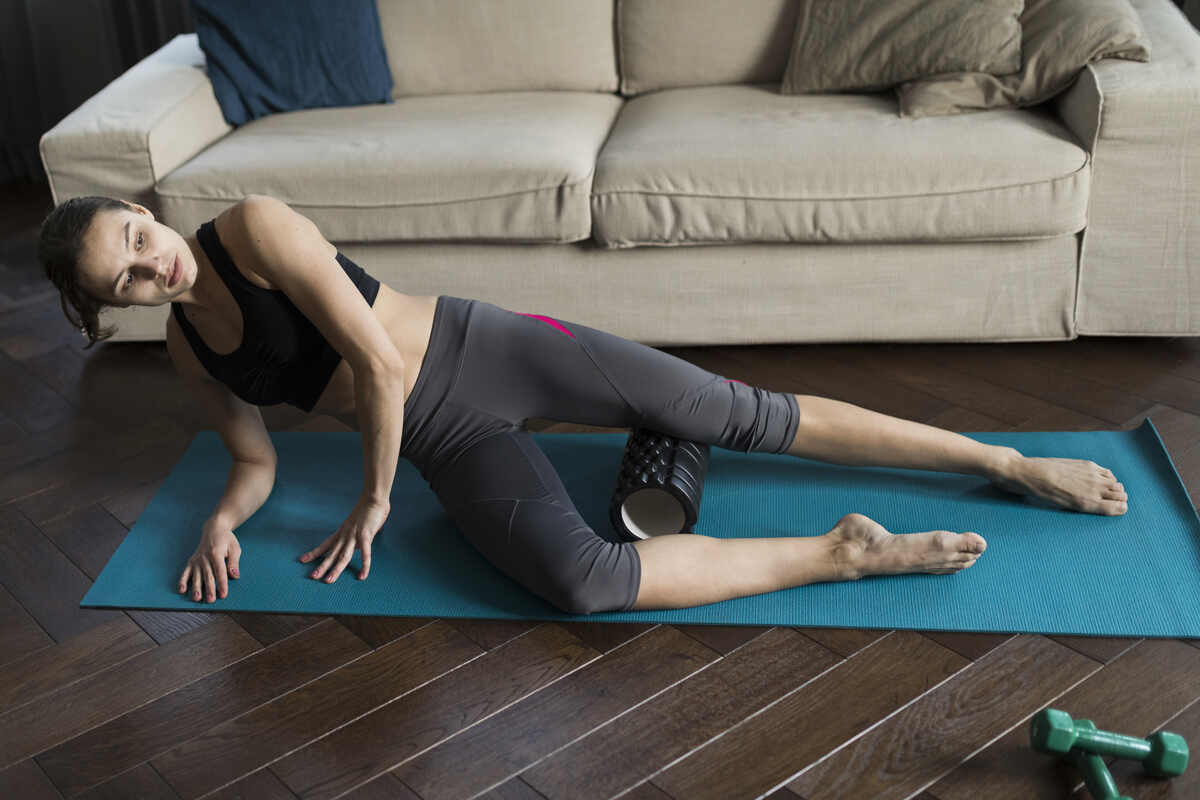
 Best Adductor Exercises for Strength and Mobility
Best Adductor Exercises for Strength and Mobility




